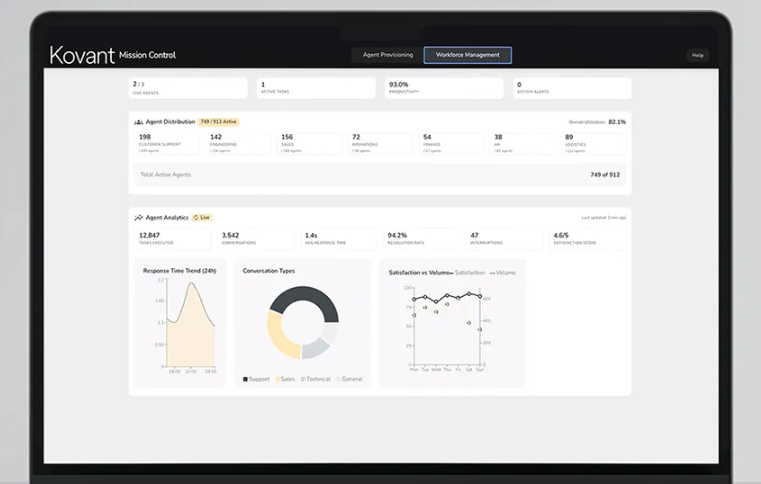Huawei on Tuesday unveiled its annual flagship Mate 80 series at a product launch event in Shenzhen. The lineup includes the Mate 80, Mate 80 Pro, Mate 80 Pro Max and Mate 80 RS. The Mate 80 Pro Max, powered by the Kirin 9030 Pro chipset, runs on HarmonyOS 6.0, and features an ultra-bright display with a peak brightness of 8,000 nits.
Huawei said the Mate 80 Pro Max can last up to 14 days in a special outdoor adventure mode. By disabling data networks and non-essential functions while keeping core features such as satellite positioning, maps, and communications active, the device delivers extended battery endurance for extreme conditions.
Why it matters: As Huawei’s annual flagship, the Mate 80 series aims to deliver fresh innovation with standout features such as its self-developed Kirin chipset, an ultra-bright display, advanced imaging, and a 14-day outdoor battery mode.
Details: The Huawei Mate 80 series starts at RMB 4,699 ($652), while the high-end Mate 80 RS Master Edition with 20GB of RAM and 1TB storage is priced at RMB 12,999 ($1805). Pre-orders for the series have surpassed two million units, according to the company.
- Huawei’s Mate 80 lineup uses different Kirin chipsets across models. The standard Mate 80 is powered by the Kirin 9020 chip. The Mate 80 Pro comes in two variants, with lower-memory models running the Kirin 9030 and higher-tier versions using the Kirin 9030 Pro. Both the Mate 80 Pro Max and the premium Mate 80 RS edition are equipped with the Kirin 9030 Pro chipset.
- The Mate 80 series debuts the second-generation Red Maple True Color Imaging System, which uses an RGBW filter array and AI color engine for accurate color reproduction. Under complex lighting conditions, color deviation is reduced by 60% compared with the previous generation.
- The Pro Max model features a triple camera setup with a 50 MP main sensor, a 48 MP 4X periscope telephoto, and a 50 MP 6.2X periscope telephoto. It also supports real-time light tracking. A new motion capture mode allows users to take creative shots with a sharp subject and blurred background, complemented by a 10-step physical variable aperture (F1.0–F16) for professional photography.
- The Pro and higher models are equipped with a 6,000 mAh silicon-carbon anode battery. Tests show that under heavy usage, the battery lasts over 14 hours. The devices support 120 W wired fast charging and 50 W wireless charging, reaching full charge in 28 minutes. Additionally, reverse wireless charging allows for emergency power top-ups for earbuds, watches, and other devices.
Context: China’s smartphone shipments reached 68.4 million units in the third quarter of 2025, down 0.6% year-on-year, showing that overall demand remains weak, according to IDC’s quarterly market tracking report. Vivo led the Q3 market with a 17.3% share, followed by Apple, Huawei, Xiaomi and Oppo.
- In the third quarter, Vivo shipped 11.8 million units for a 17.3% share, despite a 7.8% year-on-year decline. Huawei ranked third with 10.4 million units and a 15.2% share, down 1.0% from a year earlier.











